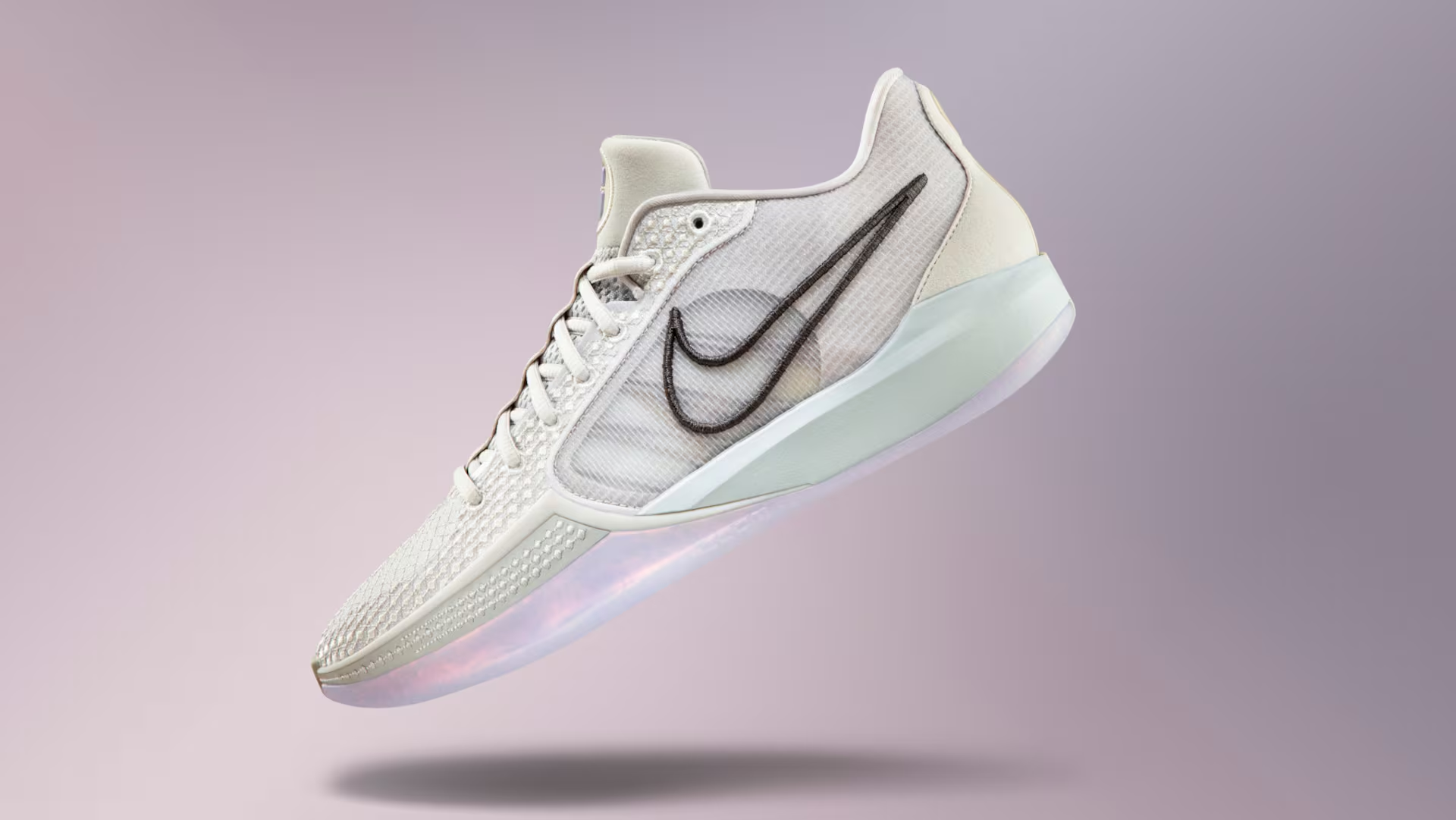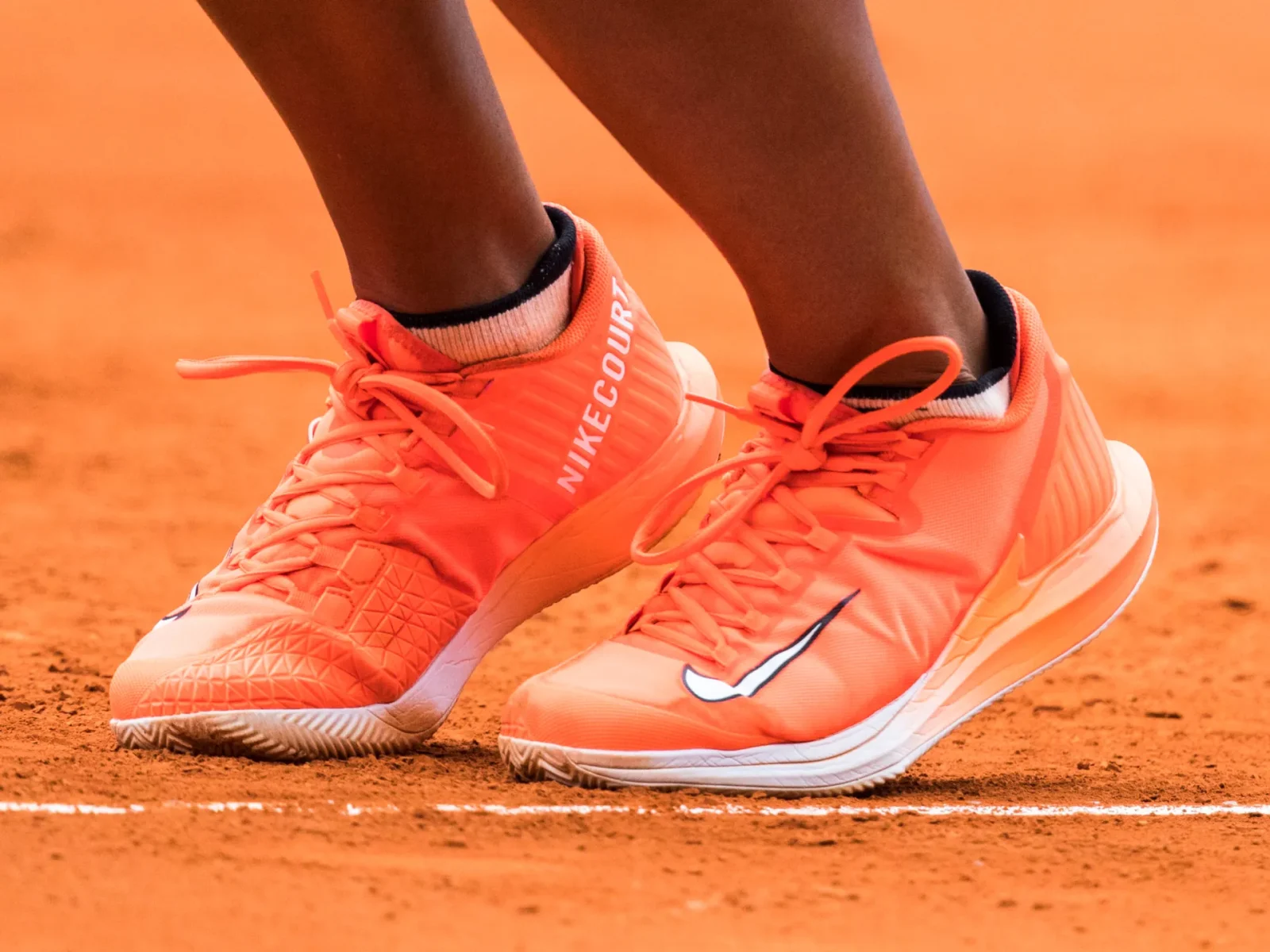On Thursday, Nike announced its intention to reduce expenses by approximately $2 billion over the next three years, coinciding with a reduction in its sales forecast.
Nike’s stock dropped around 12% in premarket trading on Friday. Despite a 4.7% increase in Nike shares up to Thursday’s close, this performance lags significantly behind the S&P 500’s gains for the year. Foot Locker, a retailer heavily reliant on Nike products, saw its shares fall roughly 8% in after-hours trading.
Nike now anticipates a 1% increase in full-year reported revenue, a revision from the earlier forecast of mid-single-digit growth.
For the current quarter, which includes the latter part of the holiday season, Nike expects reported revenue to be slightly negative due to challenging year-over-year comparisons, with sales projected to rise in the low single digits during the fourth quarter.
Finance chief Matthew Friend highlighted several risks affecting the operating environment, including the impact of a stronger U.S. dollar on foreign currency translation, consumer demand during the holiday season, and wholesale order volumes for the second half.
“As these risks become more evident, our new outlook reflects increased macroeconomic headwinds, particularly in Greater China and EMEA,” Friend stated during a call with analysts.
Nike’s revised digital growth plans consider recent softness in digital traffic, higher marketplace promotions, lifecycle management of key product franchises, and the adverse effects of a stronger U.S. dollar on second-half revenue compared to 90 days ago.
The company continues to project an increase in gross margins between 1.4 and 1.6 percentage points. Excluding restructuring costs, Nike expects to meet its full-year earnings forecast.
Nike’s cost-cutting strategy involves simplifying its product range, boosting automation and technology use, streamlining the organization by reducing management layers, and leveraging its scale for increased efficiency.
The savings from these initiatives are intended to be reinvested to drive future growth, accelerate innovation, and enhance long-term profitability.
The restructuring plan is expected to incur pretax charges of $400 million to $450 million, mainly for employee severance costs, during Nike’s current quarter.
Earlier this month, The Oregonian reported Nike’s recent layoffs and indications of a broader restructuring. Divisions affected included recruitment, sourcing, brand, engineering, human resources, and innovation.
Nike’s fiscal second-quarter earnings exceeded expectations, showing that its cost-saving measures were already in progress.
However, for the second consecutive quarter, the company fell short of sales estimates, marking the first instance of back-to-back revenue misses since 2016.

For the quarter ending November 30, Nike reported net income of $1.58 billion, or $1.03 per share, compared to $1.33 billion, or 85 cents per share, the previous year. Sales increased by about 1% to $13.39 billion from $13.32 billion a year ago.
Nike remains a leader among competitors like Lululemon, Adidas, and Under Armour, but its profitability has been pressured by ongoing strategic shifts, including renewed relationships with wholesalers such as Macy’s and Designer Brands, the parent company of DSW.
For the past six quarters, Nike’s gross margin had been declining compared to the previous year, but there was a turnaround on Thursday with an increase of 1.7 percentage points to 44.6%, slightly exceeding estimates.
Last year, Nike faced a significant inventory increase of 43% and aggressive liquidation to clear old styles, adversely affecting margins. Currently, Nike’s inventory has improved, with a 14% decrease to $8 billion.
Nike’s gross margin improvement comes amid a retail environment characterized by steep promotions and discounts as retailers struggle with inflation-weary consumers.
Despite the overall promotional environment, Nike reported higher average sales prices for footwear and apparel, with resilience in higher-priced products.
The company attributed the margin improvement to strategic pricing actions and lower ocean freight rates, though it was partly offset by unfavorable foreign exchange rates and increased product input costs.
As one of the last retailers to report earnings before the December holidays, investors are keen to hear positive news about Nike’s expectations for the critical shopping season.
While many retailers issued cautious holiday-quarter guidance in November, Nike’s mixed signals on sales and cost cuts reflect broader demand issues.
However, CEO John Donahoe expressed optimism about Black Friday week sales, noting strong performance with a nearly 10% growth and record digital sales.
China’s role is also significant for Nike. Despite emerging from Covid-19 lockdowns, China’s economic recovery has been uneven. In November, retail sales grew by 10.1%, the fastest pace since May, driven by car sales and restaurants.
During the quarter, Nike’s sales in China were $1.86 billion, falling short of the $1.95 billion analysts had projected.
Sales in Europe, the Middle East, and Africa also missed estimates, though revenue exceeded expectations in North America, Asia-Pacific, and Latin America markets.







Leave a Reply